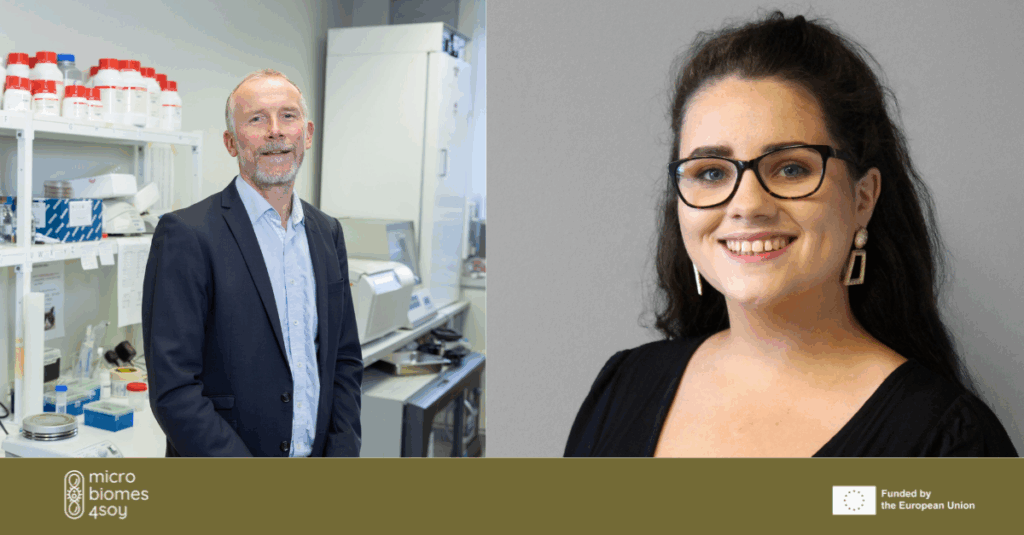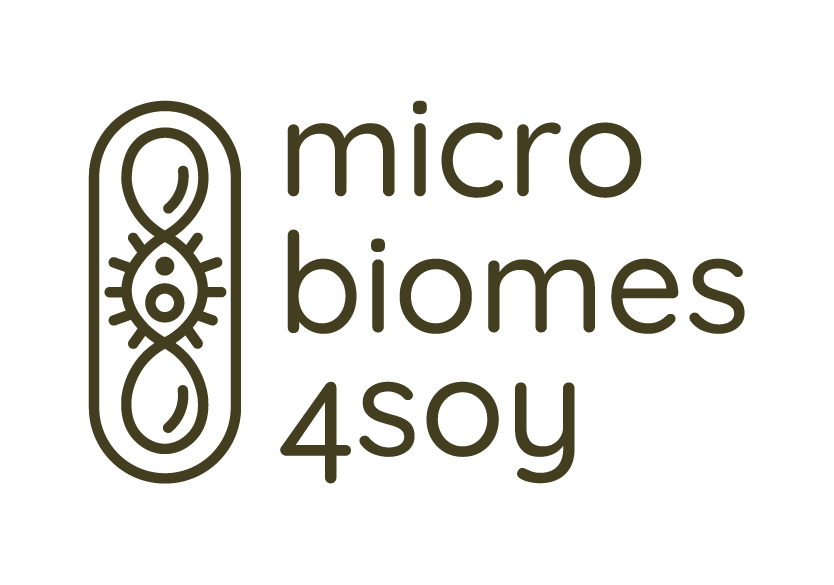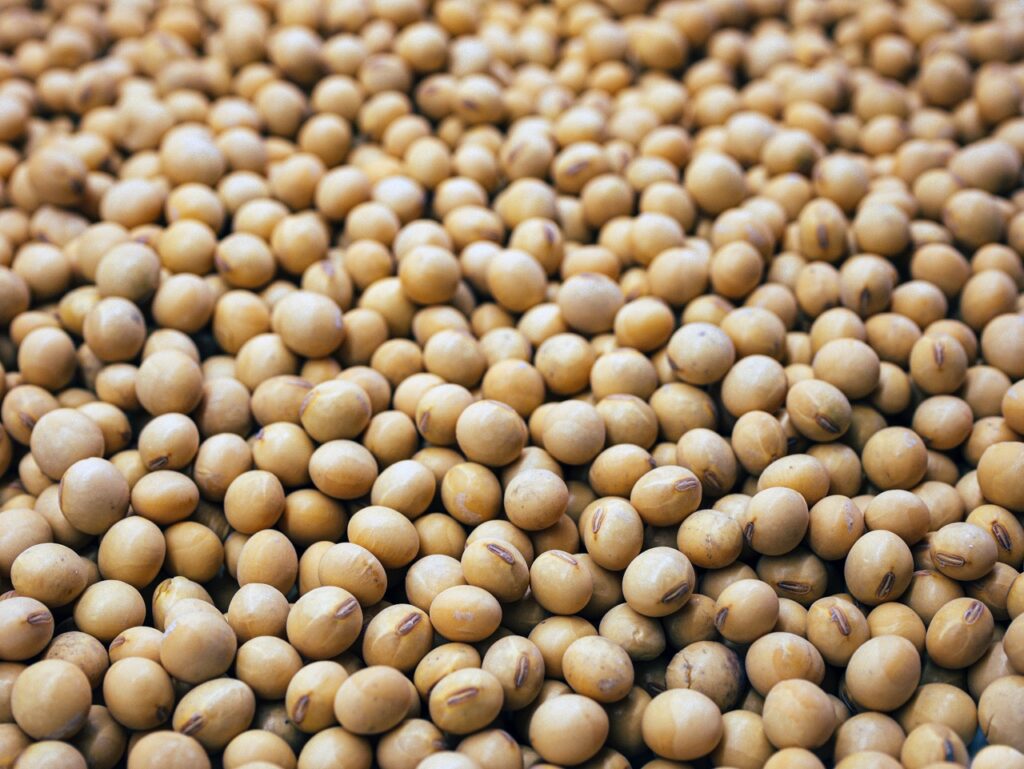As part of the MICROBIOMES4SOY project, researchers are investigating how plant-based alternatives to red and processed meat, specifically tofu, can impact human health, especially the gut microbiome. The SOYBIOME dietary trial is a key part of this research, aiming to understand how swapping out meat for a soya-based product affects digestion, inflammation, and overall well-being.
In this short interview, we hear from Professor Paul O’Toole from University College Cork (UCC) and Aisling Harrington from Atlantia Clinical Trials, who’s teams led the trial. They shared insights into how the study was conducted and what they hope to learn.

Can you walk us through how the trial was structured?
Aisling Harrington:
We originally planned to recruit participants over an 8 week period, but because the tofu had a short shelf life, we had to speed things up and complete recruitment in just a 6 week window.
Participants first came in for a screening visit to make sure they met the study criteria. If eligible, they were scheduled for a second visit to collect stool samples. Then came the third visit, where they were randomly assigned to one of two groups:
- Intervention group: replaced one daily portion of red or processed meat with 100g of miso-flavoured tofu.
- Control group: continued their usual diet, including at least one portion of red or processed meat daily.
Over the 8-week dietary intervention period, participants attended three more visits to check in on their progress, return samples, and complete questionnaires.
Why was tofu chosen as the meat alternative?
Paul O’Toole:
Tofu is rich in essential amino acids, making it a strong plant-based protein source. While the tofu itself wasn’t fermented, we used miso paste (a fermented soya-based ingredient) to add flavour and potential health benefits. While other plant foods and legumes are also rich in protein, soya bean has a wide coverage of the 20 amino acids, especially the essential ones.
What kind of meat were participants replacing, and how was the portion size decided?
Aisling Harrington:
Participants had to regularly eat red or processed meat to qualify for the trial. We used a food questionnaire to assess their habits and portion sizes. Then, they simply swapped one of those daily portions with tofu during the trial.
How did you recruit participants and ensure they followed a typical Western diet?
Aisling Harrington:
We recruited mainly through Atlantia’s database and social media. After signing up, participants were screened to make sure they met the criteria which including eating a Western-style diet with regular meat consumption. We confirmed this using a food frequency questionnaire, which allowed us to study their normal diet in detail, and confirm their level of meat intake.
Did participants share any feedback about eating tofu?
Aisling Harrington:
Yes! Many enjoyed trying new recipes and found creative ways to include tofu in their meals. Others found it challenging to eat the same thing every day for 8 weeks.
What health outcomes were you measuring, especially related to gut health?
Paul O’Toole:
We focused on whether tofu could reduce certain gut bacteria linked to inflammation and heart disease, for example Proteobacteria, Bilophila, and Clostridia.
We used two methods:
- Metagenomic sequencing to see how the gut bacteria changed.
- Metabolomics of stool and urine to track chemical changes related to diet.
What kind of dietary advice did participants receive?
Aisling Harrington:
We gave everyone a leaflet with tips and food guidelines during their visit and discussed how to make healthier choices.
When will the results be available?
Paul O’Toole:
We expect to share preliminary findings in late 2026.
How could this trial influence public health or dietary guidelines?
Paul O’Toole:
It’s too early to say, but we hope the results will help build a solid evidence base for future dietary recommendations – especially around the link between diet, gut health, and chronic disease.
What’s next after this trial?
Paul O’Toole:
Ideally, we’d repeat the study on a larger scale across multiple locations. That way, we can confirm the findings and account for differences in lifestyle, ethnicity, and environment.
For more information on tofu and soya and their role in a plant-based diet, check out these articles:





